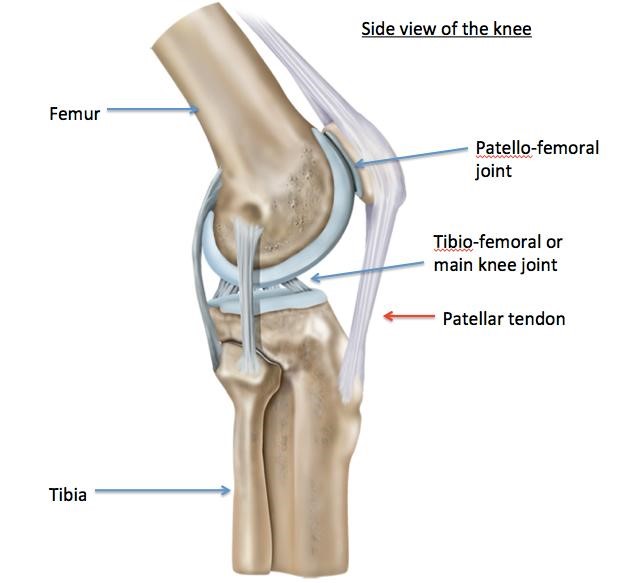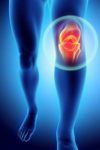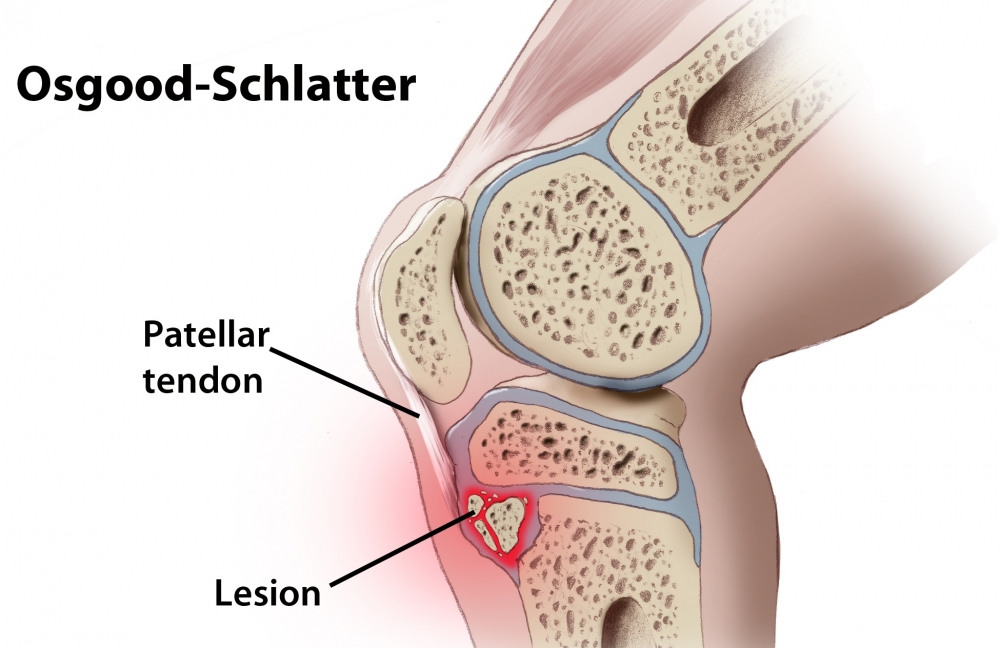Physiotherapy for Knee Pain
Anterior knee pain is an umbrella term that encompasses a wide range of related but significantly different conditions resulting in pain at the front of the knee. 25% of the population will be affected at some time and it is the most common overuse syndrome affecting sports people. Sometimes pain can be pinpointed by the patient, occurring at the front and center of the knee, sometimes it may be just above or below the knee cap, or perhaps dominated by pain behind the knee cap. Most anterior knee pain arises from patellofemoral joint irritation and is termed patellofemoral pain syndrome (PFPS) or chondromalacia patellae. This occurs when the knee cap is misaligned relative to the thigh bone, which therefore places more stress through the joint during activity. As a result this may cause damage to structures of the joint (such as cartilage) and result in swelling and pain around the knee cap. It can be as a result of weakness in the quadriceps muscles which causes poor tracking of the kneecap on the thigh bone and affects the way the knee cap works during running or activity.
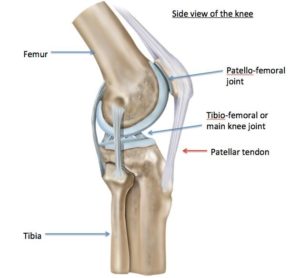
A tight Iliotibial Band (IT band) can place excessive pulling force on the kneecap causing stress on the Patello-femoral joint. Tight hamstrings or calf muscles can place more force on the back of the knee, causing pressure between the kneecap and femur to increase.
Patellar tendinopathy or ‘jumper’s knee’ is another source of anterior knee pain, characterised by pain localised to the tendon which attaches to the bottom edge of the knee cap.
This is an overuse injury which occurs in physically active individuals when the tendon is constantly subjected to extreme forces such as rapid acceleration, deceleration, jumping and landing.
Osgood-Schlatter Disease (OSD) is a painful condition that affects just below the knee joint. It most commonly occurs in teenagers who play sport. It causes pain and swelling just below the knee cap, where the tendon inserts into a bump on the front of the lower leg. Overuse of the quadriceps muscle can cause repeated strain on the attachment of the tendon to the growing bone which isn’t quite strong enough to withstand the strain on it.
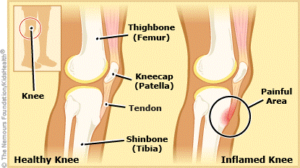
Prepatellar Bursitis is a condition characterised by a tender fluctuant swelling over the knee cap. It is the inflammation of the shock absorbing bursa (fluid filled sac) in the front of the knee cap, occurring when the bursa becomes irritated and produces too much fluid. This causes it to swell and put pressure on the adjacent parts of the knee. It is often caused by pressure from constant kneeling, therefore individuals with occupations in this position can present with the condition.
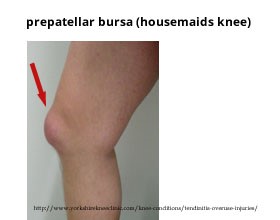
Pes Anserinus bursitis is a similar inflammatory condition of the front to inner side of the knee. It is the swelling of the bursa at the point of insertion of the hamstring tendons. Pain or tenderness may occur with arising from a seated position, at night, or with ascending or descending stairs.
Hoffa’s Syndrome can occur when the fat pad below the knee cap under the tendon becomes impinged or pinched between the kneecap and lower edge of the thigh bone especially during full straightening of the knee. This condition is not that common, but often mimics patellar tendinopathy.
Treatment of Anterior Knee Pain:
Treatment options will be based on the findings of the detailed assessments our Chartered Physiotherapists carry out in our clinics in Blanchardstown and Castleknock. Conservative treatment is usually effective and most patients will not require surgical intervention. Management will usually include:
- Avoiding the trigger activity if appropriate to help reduce pain levels. If running is the trigger, alternative activities such as cycling, swimming and cross-training will be recommended.
- Simple analgesics, including non-steroidal anti-inflammatory drugs (NSAIDs) may help to relieve discomfort. However, there is only limited evidence for the effectiveness of NSAIDs for short-term pain reduction in PFPS.
- Modification of training, quadriceps strengthening, hip muscle strengthening and core strength improvement. Stretching exercises will be incorporated into the exercise programme to maximize optimal length of the surrounding muscles and to improve functionality. Assessment by a Chartered Physiotherapist is therefore often appropriate. Why not book in to see one of our Physiotherapists here in Dublin 15.
- Proper footwear is important. Foot orthoses decrease rotational forces in the tibia that affect tracking of the patella during running and twisting / turning.
- Surgery: most people achieve results that are acceptable or better with conservative treatment. If conservative measures fail, there are a number of possible surgical procedures depending on the underlying diagnosis.
If you are looking for a Physiotherapist to treat knee pain in Dublin, you can book in to see one of our experienced Physio’s to get a more individualised assessment and treatment approach.

